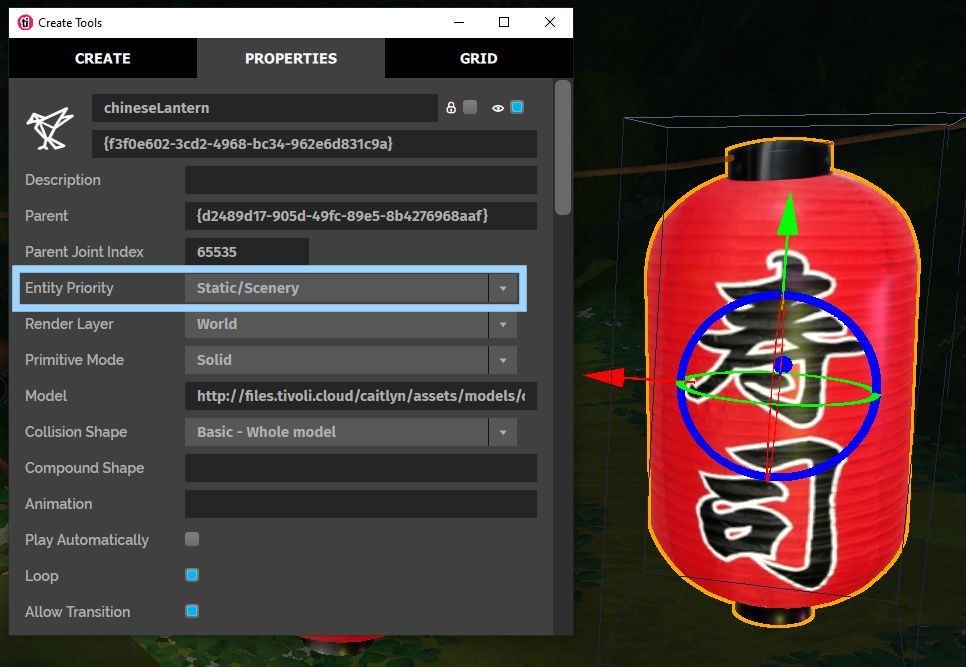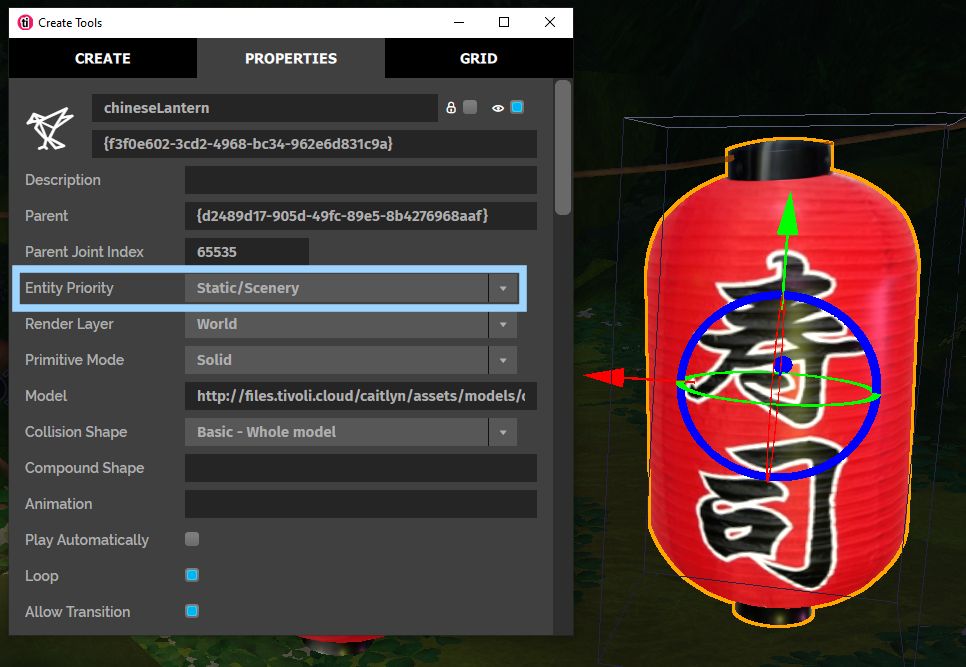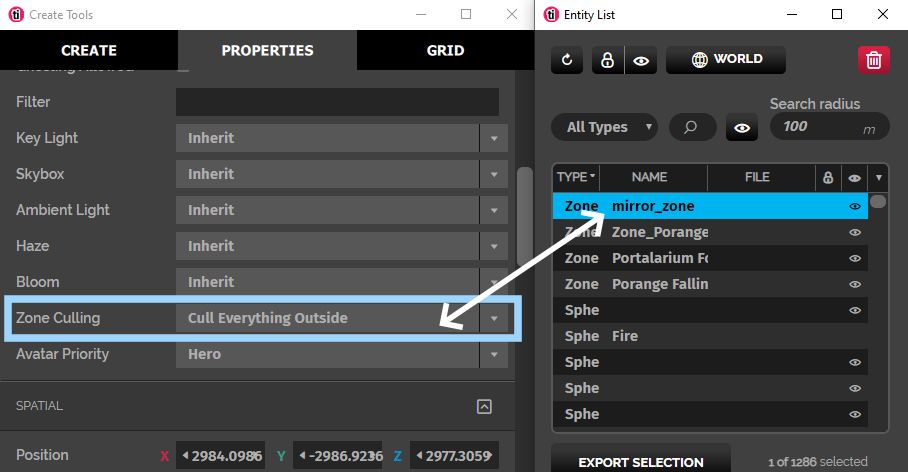What's new at Tivoli Cloud
Here's some of the new technologies we're working on to make Tivoli Cloud VR the most delightful, extensible and easy to use multiuser VR platform.

Tivoli Cloud VR brings people together through the magic of multi-user shared virtual reality.
Our technology brings your presence, your body language, the subtle nuances of your voice, even your eye movement to a shared virtual space where people can truly feel together in a world like no other. Tucked away in a secret dimension where you can express yourself, and learn, work and play together. A space where distance doesn’t matter. This online presence goes beyond clicking a Like button on Facebook or chatting together on Discord or Slack. With Tivoli Cloud VR, you can summon up an office for meetings. You can create interactive training spaces, experiences and simulations. You can hang out with your friends and watch 3D movies, visit a museum, or have your own personal garden of delights, with affordable VR hardware you can pick up at any electronics store.
Here's some of the new technologies we're working on to make Tivoli Cloud VR the most delightful, extensible and easy to use multiuser VR platform.
In The Lab - Voice Commands
We're working on a very promising prototype using speech recognition and voice commands to make navigating virtual reality as easy as possible. It's as easy as saying "Hey, Tivoli." Tivoli intends to fully support the core operations of the platform with speech commands, including navigating worlds, finding your friends and contacts, summoning up objects and tools, controlling media objects like video screens and image databases, and opening/closing interface elements.Speech recognition paired with Tivoli's powerful Typescript programming language support opens up a world of possibilities, like voice powered games, magic wands which listen for spells, or interactive NPC characters with AI. While it's still experimental, and might not make it in the 2020 beta, we're determined to bring smart and effective voice control to Tivoli Cloud. Special thanks to Google Cloud Platform for making their machine-learning based speech platform available to us.
Eye Tracking
We communicate not only with our voices, but with our body language and, importantly, our eyes. Commonly called the windows to the soul, eyes can reveal a subtle unspoken range of feelings, from anger to shyness to distraction to impatience, even romantic interest. A quick roll of the eyes can speak volumes, or looking off to the side can indicate discomfort. Eyelids can convey sleepiness, suspicion, surprise, boredom. Eye to eye contact is essential to communicate interest, in certain cultures, and an indicator of disrespect or aggression in others. Multi-user VR without eye language is missing a critical dimension, and that’s why this is so important for us to implement.
That’s why eye tracking is now fully supported in Tivoli Cloud VR. If you’re lucky enough to be using a VR headset like the HTC Vive Pro Eye, your eye movements are captured and sent over the wire to other people in VR with you. The subtle communication of your eyes is captured by your virtual reality headset, and faithfully reproduced on your avatar to the people around you. This provides an incredible amount of human feeling and a level of communication that’s unprecedented in other multi-user virtual reality platforms.
Entity Priority System
We’ve implemented a new technology we call Entity Prioritization, with which world-builders can designate the amount of computing attention is dedicated to different things running in your simulated world. Previously, everything in your world was set up to receive and transmit, at varying times, updates from the system of their states. Although the HFVRP attempts to prioritize update attention intelligently, it is constantly checking everything around it, which wastes unneeded resources if you have entities that you simply want to designate as static or scenery. When polling the world around your avatar, the Entity Prioritization System automatically can identify and skip static-designated entities, which saves a ton of computing resources on the CPU, which in turn makes everything feel buttery smooth. And on the other extreme, you can also designate any entity you wish as Prioritized, indicating that it deserves extra CPU resources, for example a critical element in a game or world where it is imperative to function smoothly and quickly as possible. 
Zone Culling
One feature we've recently implemented which has been requested by our users is Zone Culling, which intelligently disregards all entities that are outside a specified zone. If you step into a cafe with zone culling turned on, everything outside of the cafe is ignored on both the CPU and GPU, yielding a considerable performance increase.
A brand new, fully scalable Metaverse back-end
The Tivoli metaverse is a sophisticated server system which acts like the glue that binds a universe of users and virtual worlds connected together. When you or your friends hop from place to place to place, form personal connections, when a world goes on or offline, or when files are served to and from worlds and avatars, this activity takes place on a network of servers unseen to the general public. Considering how critical such a system is to the long-term success of a multiuser virtual reality system, we have been working hard at developing a proprietary server stack to do exactly this. Consequently, we've built a rock-solid, scalable architecture with built-in load-balancing and elasticity. The Tivoli metaverse back-end can automatically distribute itself across multiple containerized instances in different data centers around the world!
Thanks for reading! We can't wait to see you soon in VR.
Caitlyn & Maki
